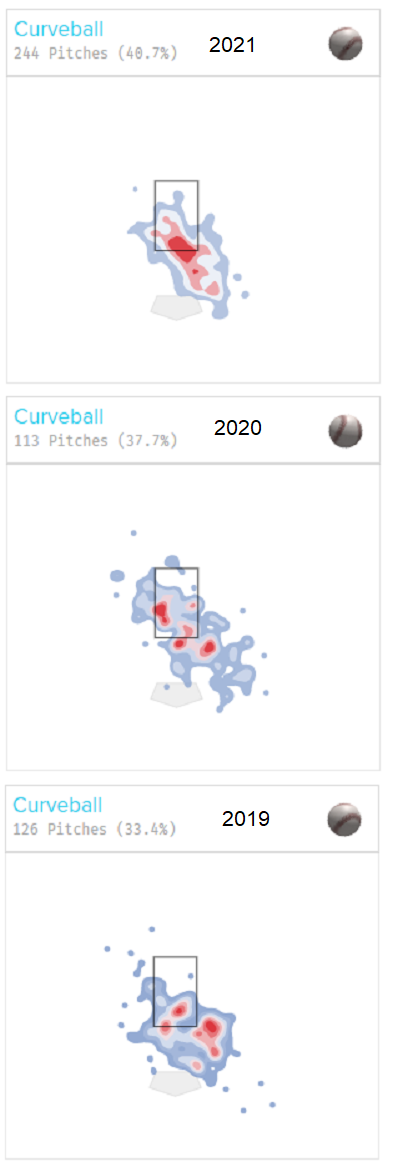Daily Prospect Notes: AL Postseason Pitching On the Way
Whether it’s because they’re only just getting healthy or someone ahead of them has gotten hurt or their talent is kicking down the doors of roster manipulation made brittle by actual competitive spirit, some potentially important participants in postseason play are currently in the minors as we speak. This is especially likely when it comes to pitching, where health and effectiveness are tenuous, and team behavior surrounding promotion tends to be more opportunistic and aggressive.
For both leagues, I’m providing a scouting-centric update on pitching currently in the minors, either because the players are prospects who could conceivably play a September role or make a postseason roster, or because the player in question is a rehabbing big leaguer. Pitching can be streaky and fragile, so any of these guys could be in the big leagues at the drop of a hat, or they may simply convince their front office, like several rookies did last year, that they’re one of the best 26 guys in the org and need to be put on the playoff roster. The level of impact could range from Hunter Greene or Shane Baz dominating like Francisco Rodriguez in 2002, to Connor Seabold or Thomas Hatch humbly eating innings in a blowout loss in effort to save the rest of the bullpen for the series’ next game like J.A. Happ in 2008.
I’ll touch first on the American League this week, then provide some National League options next week. If any prospects moved on The Board due to info or opinions brought to light from this piece, I’ll note that below.

